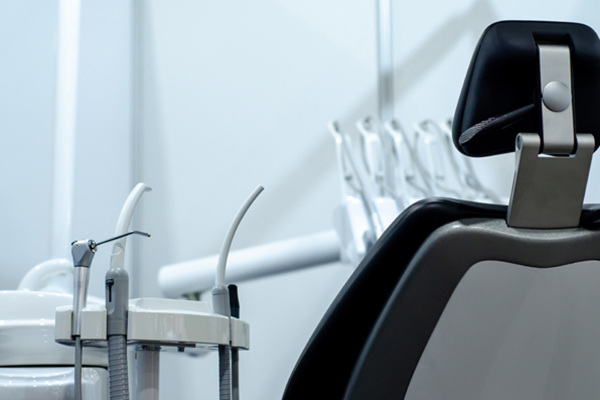



A bone graft before dental implants is an important aspect of the procedure that must be performed correctly to ensure successful implant placement and stability in the jawbone. However, before you consider going under the knife, it’s important to know what grafting does and why it’s necessary for your dental implants to work properly. Here are some reasons why you may need grafting before dental implants.
Overview
Your dentist has recommended that you receive dental implants. You’ve decided to move forward with your dental implants, but before you can get started, your dentist will need to evaluate whether grafting is required to ensure enough support within your jaw. Understanding grafting and how it may be relevant for you is essential for making an informed decision about your treatment options.
What is a bone graft?
Sometimes, if you want to place dental implants in an area with enough natural bone, your dentist will recommend that you get this procedure. A graft is performed by taking some of your bone from one part of your body and placing it into another (your mouth). The procedure helps to provide a solid foundation for which dental implants can be securely anchored. Your dentist will advise when a graft is necessary, as well as which teeth are good candidates.
Why do I need grafting before dental implants?
A bone graft is a surgical procedure used to improve bone quality around an area of dental extraction. Several different things can cause poor-quality bone. If there isn’t enough space to fit dental implants in between your jawbone and teeth, then a graft is performed first to make room for your new dental implants. After sufficient healing time has passed (a few months), you will come back into the office where the dentist will prepare your jaw again with another round of surgery where they place your new dental implants!
Different kinds of grafts
There are several types of grafts used in dentistry. Socket Preservation, Ridge Augmentation, and Sinus Lift are the most common. Your dentist can discuss these with you in detail to determine which one will work best for your situation. Each has its benefits and side effects that need to be considered when deciding what kind of graft is right for you.
Socket Preservation is used to keep a jawbone during dental implant surgery. The bone around your current tooth is saved and then grafted to allow an implant to be inserted to secure it in place.
Ridge Augmentation is another technique used with dental implants to improve your jawbone structure. This treatment method uses a graft to build up more bone on an existing ridge, increasing its strength and giving it a larger surface area to hold an implant.
Sinus Lift is another method used in conjunction with dental implants. This technique involves using grafts to lift your jawbone and allow more space for dental implants to be placed. This technique is done through a small incision made inside your gums, creating a space under your gums in which an implant can then be placed.
Speak with a dentist today
Are you considering a bone graft? If so, you likely have many questions still. Speak with your dentist about understanding a bone graft and how it impacts dental implants. The more informed you are, the more at ease you'll feel as you work through the treatment process.
Check out what others are saying about our dental services on Yelp: Will I Need a Bone Graft for Dental Implants in Patterson, CA.
Recent Posts
Dental bone grafts restore structure and strength to the jawbone. Not only does this enhance the natural appearance of the face, but it can also create a strong foundation for dental implants. There are several types of dental bone grafts that an oral surgeon may recommend. Exploring the various types available can better prepare patients…
A bone grafting procedure can be used to fix issues that develop with the joints and bones. In dentistry, it is usually used to restore lost bone tissue in the jaw. A number of patients have to get such a procedure to be eligible for implants.Bone grafting involves transplanting bone tissue from another part of…
A bone graft procedure is often necessary in order to repair a part of a person’s body. When receiving a bone graft, a person should expect to undergo invasive surgery. Understand that bone grafting requires the removal of a portion of bone from one body part, which is then placed elsewhere within the body. If you…
If the idea of getting dental implants intrigues you, it may be time to speak to your dentist about this treatment. You need sturdy teeth for good oral health, as well as to eat and smile normally. Implants not only improve your mouth’s function but will also look just like your natural teeth.While dental implants…


